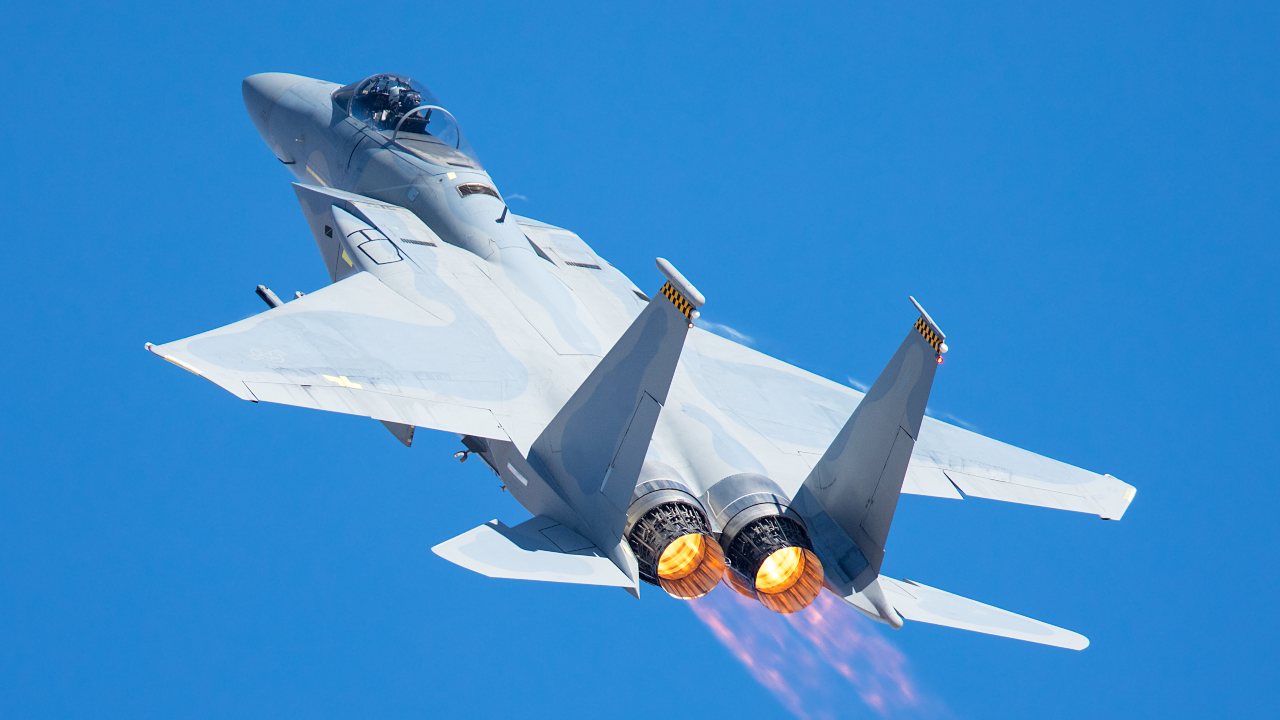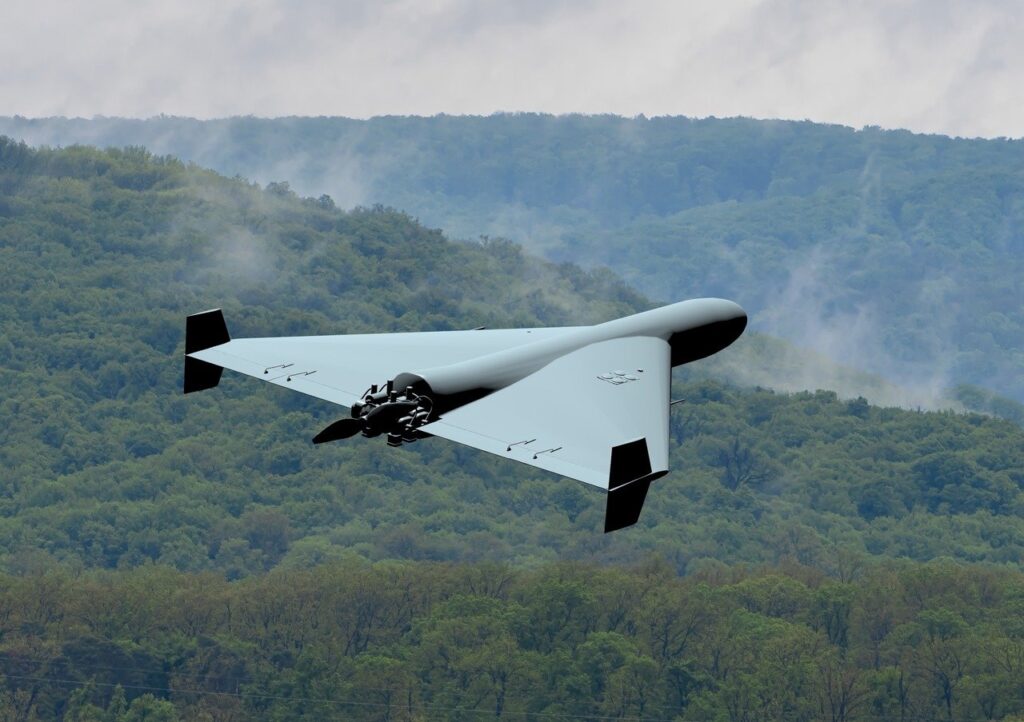
F-15: Could This Fighter Jet Fly From a Navy Aircraft Carrier?
What You Need to Know: The F-15 Eagle, a formidable U.S. Air Force asset with unmatched air-to-air combat records, is unsuitable for aircraft carrier operations. Carrier operations require either ski-jump takeoffs or the CATOBAR (catapult-assisted takeoff and arrested recovery) system, and the F-15 lacks necessary features like reinforced airframe and landing gear to endure CATOBAR stresses.

-Its payload capacity, non-folding wings, and emergency-only tailhook further restrict carrier compatibility.
-While theoretically possible with extensive modifications, converting the F-15 for carrier duty would compromise its performance. The Navy’s F/A-18 Super Hornet is optimized for carrier operations, fulfilling similar roles to the F-15.
The F-15 Eagle is one of the U.S. Air Force’s most capable combat aircraft. With a record of over 200 shootdowns for no combat losses, it is a superior air-to-air fighter. The F-15E Strike Eagle variant is a highly capable air support asset while the new F-15EX adds 4.5 generation capabilities to this venerable platform.
But can the F-15 land on an aircraft carrier? Doing so would give it the added reach and flexibility of Navy strike aircraft without tying it to shore based facilities. Unfortunately, although it would be an impressive feat, F-15s will never be carrier capable.
The aircraft carrier:
Modern carrier aircraft are launched and recovered using either a ski-jump or the catapult assisted takeoff/barrier arrested recovery (CATOBAR) method. The ski-jump helps aircraft achieve flight by giving them a lofted profile as they leave the flight deck.
Major drawbacks include serious limitations on the weight and size of aircraft as they must rely entirely on their own power to avoid crashing. Most jets that fly off ski-jump carriers are some form of vertical/short takeoff and landing (V/STOL) jets such as the F-35B which actually hovers to land.
By contrast, the CATOBAR system uses a catapult – these are typically steam powered although newer ships like the USS Gerald Ford have begun using electromagnets – to accelerate aircraft to flight speed before they leave the flight deck.
This allows navies to launch much larger and heavier aircraft than their ski-jump counterparts. A downside is the necessity of arrested landings for these heavier aircraft. As they touchdown, a tailhook affixed to the rear of the plane catches one of several wires strung across the deck to rapidly decelerate to a stop.
What about the F-15?
The F-15 is not carrier capable because it lacks several essential components of such aircraft. It is far too large and heavy to operate off of a ski-jump which means CATOBAR is the only option. While at first glance it might appear to be perfectly suited for such operations, it in fact would not hold up on a carrier.
Launching an aircraft from a catapult as opposed to a traditional runway takeoff imparts unique stresses which the F-15’s airframe is simply not designed to handle. Additionally, one of the major perks of the F-15 is its large payload capacity.
While this is an asset in the battlespace, every additional weapon increases the weight and thus takeoff speed of the aircraft. Should the F-15 try to launch from a carrier, it is likely it wouldn’t even be able to carry its full loadout. The other major barrier to F-15 carrier operations is the arrested landing.

While F-15s do possess a tailhook, it is for emergency use only, such as a loss of brakes on landing. An arrestment in that case would take up far more space and impart far less stress than an arrested landing on a carrier which must stop an aircraft in about 300 feet.
In addition to the arrestment is the act of landing itself. Most airplanes flare to land, gradually transitioning the load of the aircraft from the wings to the landing gear. Carrier aircraft do not have that luxury as flaring often takes up hundreds of feet of forward travel.
The mechanism of the tailhook also precludes flared landings as aircraft must fly through the air at a specific pitch, called the on-speed angle of attack, in order to successfully engage the arresting gear. his means they land at vertical rates of approximately 700 feet per minute – it is often considered “flying into the ground.” In order to withstand these forces, the landing gear on carrier aircraft are much beefier than their shore-based counterparts.
F-15 and Aircraft Carriers: It Could Happen, But…
Theoretically, an F-15 could be modified for carrier operations. It would, however, require significant reinforcement to the airframe and landing gear all of which would add weight and reduce performance. Once it was aboard the carrier, its inability to fold its wings like the F-18 means it would take up much more space and reduce the number of aircraft the carrier could hold.
Overall, the F-15 is simply not carrier-capable, and it does not make sense to give it those capabilities. Fortunately, the Navy has a tactical carrier aircraft similar to the F-15 and with some significant advantages of its own: the F/A-18 Super Hornet.
About the Author: Maya Carlin, Defense Expert
Maya Carlin, National Security Writer with The National Interest, is an analyst with the Center for Security Policy and a former Anna Sobol Levy Fellow at IDC Herzliya in Israel. She has by-lines in many publications, including The National Interest, Jerusalem Post, and Times of Israel. You can follow her on Twitter: @MayaCarlin.
All images are Creative Commons.


